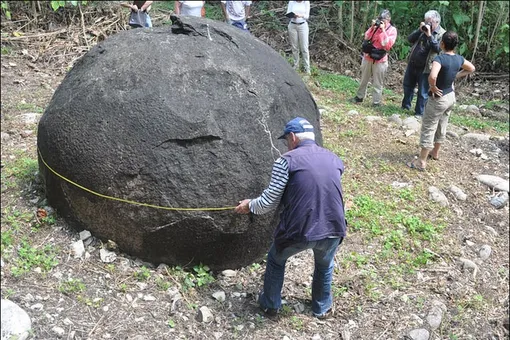British researchers believe that the process of graphitization on the early Earth could lead to the formation of molecules necessary for life - proteins, phospholipids and nucleotides.

Cambridge researchers have developed an alternative theory that explains the formation of the key elements necessary for life. The hypothesis suggests that high temperatures and interactions with iron and water created a favorable chemical environment for the formation of proteins, nucleotides and other complex organic molecules.
Previous studies have shown that molecules that contain nitrogen, such as nitriles (cyanoacetylene and hydrogen cyanide) and isonitriles (isocyanide and methyl isocyanide), can under certain conditions lead to the formation of complex organic molecules necessary for life. But until now there was no understanding of the conditions that would allow producing all the necessary components in one environment in sufficient quantities.
Scientists discovered that in the process of graphitization - the formation of graphite in iron-carbon alloys - the necessary nitriles and isonitriles are created without by-products. This avoids the formation of a chaotic system that prevents the formation of life, which was described by alternative theories.

Schematic illustration of the processes that led to the release of large amounts of nitriles and isonitriles on the early Earth. Image: Paul B. Rimmer, Oliver Shorttle, Life
About 4,3 billion years ago, the early Earth collided with an object the size of the Moon, scientists describe a possible scenario. The iron contained in it reacted with water on the planet. Reaction products condensed on the Earth's surface. The resulting resin reacted with magma at temperatures over 1500°C, and the carbon turned into graphite.
Indirect evidence of this hypothesis is the presence on Earth Komatiites - ancient volcanic rocks. For the formation of these stones, the temperature of the magma should have been about 1 °C. This means that theoretically there were conditions for graphitization of alloys on Earth. However, the researchers have to reproduce the entire process in the laboratory to confirm the hypothetical scenario.
This is not the only hypothesis describing the formation of life on Earth, earlier this week another group of researchers showed that the components of complex organics could have formed in space at the dawn of the solar system.


 193
193










